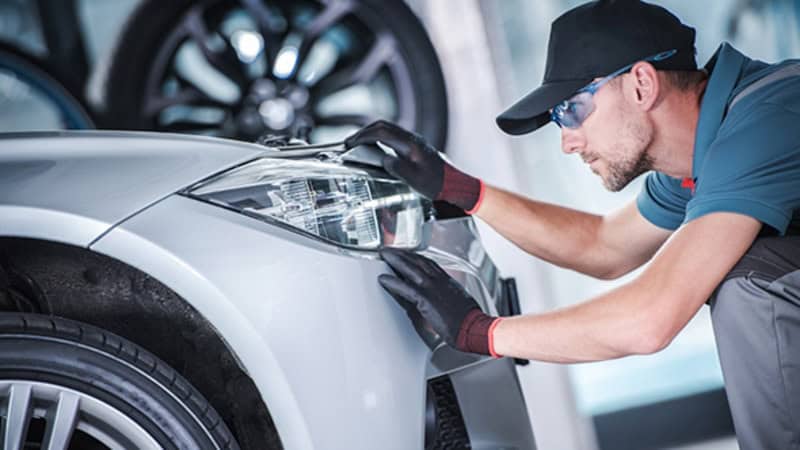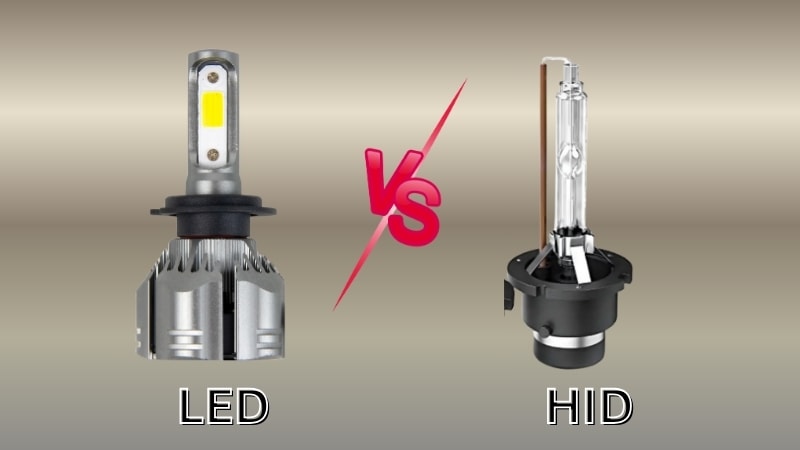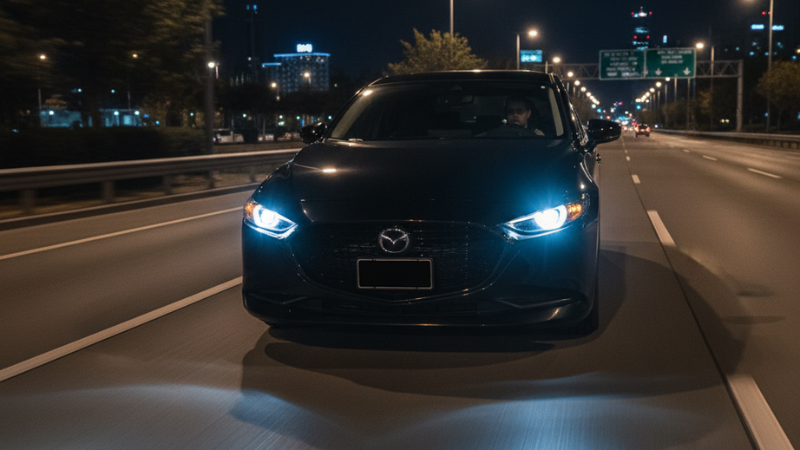Upgrading from halogen headlight bulbs to LED headlights is a common task. Still, you won’t believe how easy it is to get things wrong. Small installation mistakes can ruin an entire headlight. Today, we’ll look at these mistakes and how to avoid them so you can install LED headlights yourself.
Why Most DIY LED Headlight Installations Fail?
There isn’t a single reason explaining the failure behind DIY headlight bulb installation or LED conversion projects. Rather, there can be multiple reasons behind this failure.
One of the most common reasons DIY installs fail is because of compatibility issues. If you’re using LED bulbs that aren’t made for your car’s make or model, you’re risking big.
Always check the wattage, socket type, or CANbus lamp system requirement before buying LED lights. This can help ensure that the headlights can fit and work well, exuding a perfect light pattern.
While a DIY project can be exciting, rushing through things only makes them worse. Many people don’t realize how sensitive headlight parts and setup can be. They just want to get done with the installation and force the bulb into the headlight housing. Resultingly, the bulb breaks and the project fails.

Another reason behind the failure of fog lights or LED light installation is improper wiring and poor sealing of the LED bulbs. These issues can result in early damage to the lights and can also affect their beam patterns.
A big failure of the headlight installation projects happens when you don’t aim and adjust the light correctly. Misaligned installation of headlights with improper beam aims can cause poor road visibility and abnormally high and low beams. This nullifies the entire point of upgrading LED lights.
Common LED Headlight Installation Errors and How To Avoid Them
Below, we’re briefly sharing the major headlight fixture problems with ways to avoid them and some additional LED installation tips. So, read on!
Mistake 1: Incorrect Wiring and Connections
Improper wiring and wrong connections in the LED assembly can result in flickering of the lights. In some cases, the lights might not even turn on and, in turn, can damage the entire headlight system.
Always use the correct connector type that complements your vehicle. Before turning on the lights, ensure the correctness of every connection and check the polarity of the LED units too.
Tip: Always use compatible adapters for vehicles with a CAN system. This can prevent flickers and dashboard error messages.

Mistake 2: Not Adjusting the Headlight Aim Properly
Not aligning and aiming the headlight bulb properly results in poorly high and low beams. This poor beam pattern can reduce visibility and can blind oncoming traffic, which ruins the purpose of the LED upgrade.
Once the headlights assembly has been installed, adjust the lights properly using the headlight bulb aiming method. This will align the beams as per ECE and DOT standards.
Tip: Ensure good light beam patterns by checking them against a wall at night. This check can help you understand that the light is aimed properly for safety and legal compliance.
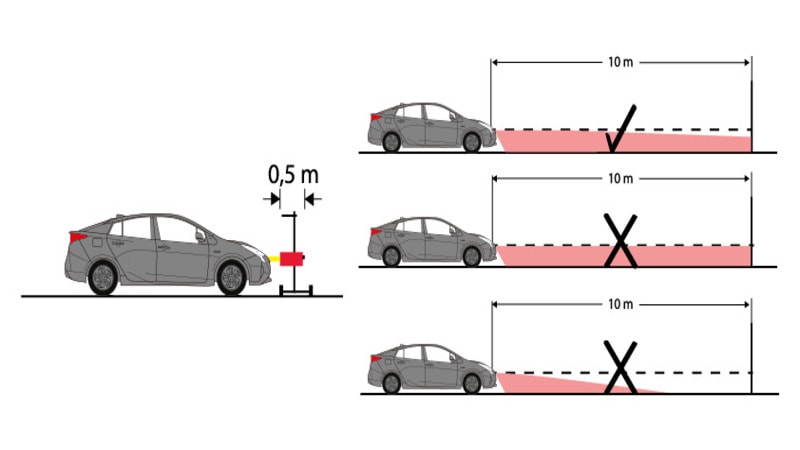
Mistake 3: Poor Ventilation
Incorrect alignment of the LED lights leaves no room for ventilation in the headlights assembly. As a result, the heat generated by LEDs is trapped inside, causing dimming and burnout of the LED bulbs.
The solution here is to ensure proper flow of air through the LED assembly. Make sure to correctly install all the fans and sinks, and post-installation, ensure that there are no obstructions for these fans.
Tip: Whenever possible, prefer fan-equipped LEDs over fanless ones, especially where better cooling of the lights is needed.
Mistake 4: Wrong LED Type or Wattage
LED lights that have the wrong or mismatched wattage must be avoided at all costs. Similarly, any LED headlight that is not compatible with your vehicle is a big no. These mismatched headlights can cause poor lighting and often overheat easily.
Make sure you always go for proper LEDs that are compatible with your vehicle and have the right wattage (anywhere around 35W-55W). The lights must also be compatible with your vehicle’s electrical system.
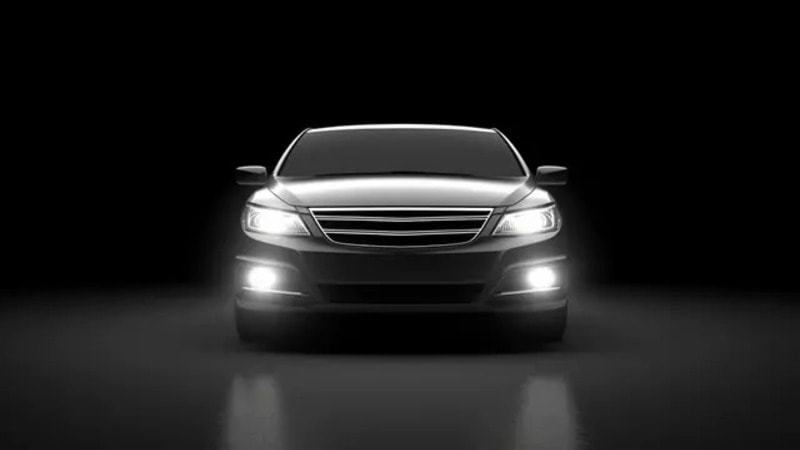
Tip: A vehicle manufacturer often sends along an instruction manual explaining the kind of LED lights and other parts to use with that unit. Make sure to give this car manual a read before buying new LED headlights to select the perfect LED as per your needs.
Mistake 5: Non-Compliance With Local Regulations
Every region has a specific set of LED headlight laws that you should never ignore while getting new LED headlights. Certain LED brightness levels are illegal because they can compromise the overall road safety and disrupt others on the road.
It is advisable to always check if the LEDs are legal. You must know the local traffic laws and LED-specific regulations before getting new LED headlights. This way, you can ensure that the headlights chosen by you are fine to go with.
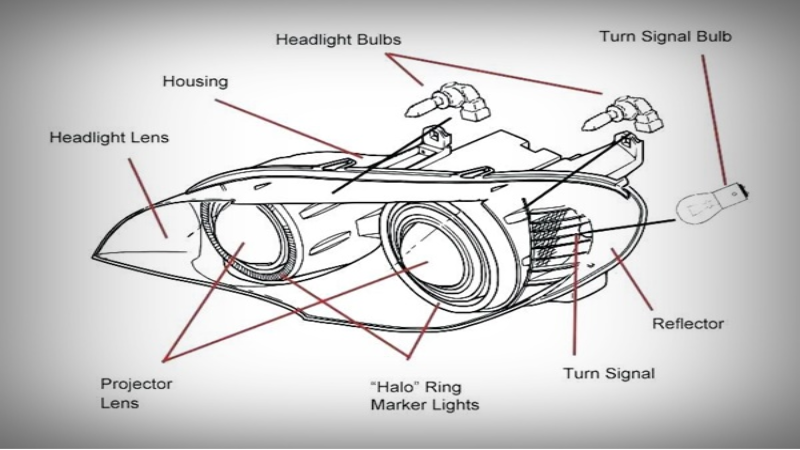
Tip: If you’re confused about the laws, it’s best to get the basic yellow or white headlight bulbs that are commonly used everywhere. Even if you want to use halogen headlight bulbs, try to first educate yourself on the laws.
Mistake 6: Skipping Final Checks
Installing the headlights and leaving them unchecked for hours is a big mistake many DIYers make. We understand that the entire installation project can be hectic, but skipping the last check is a dire mistake. You’ll never know if the LEDs will flicker or are unaligned unless you check them.
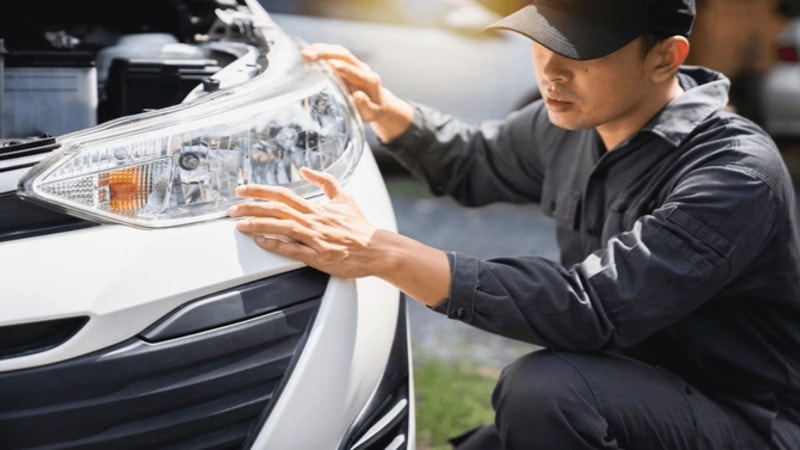
Once the headlights have been installed, check them in the dark against a wall or on empty roads. This helps you understand whether there are any flickering issues or if the beams aren’t neat.
Tip: Taking photos and videos of the headlights after installation can really help you understand their issues and beam quality. This also helps you see whether a single or dual beam is right for you.

How to Avoid LED Bulbs Installation Issues?
It’s a good idea to plan ahead of time if you want to avoid problems during installation. Take a few minutes and thoroughly read the manual that comes with your LED kit. If you’re unsure about anything, watch some of the YouTube video tutorials. A little preparation can save you a lot of frustration later on.
Another way to avoid problems is to make sure to use LED bulbs that are right for your model and make. Not all bulbs fit every vehicle. Some cars also need extra parts to prevent flickering or dashboard warning lights. Checking the compatibility of the LEDs can make the whole process much easier.
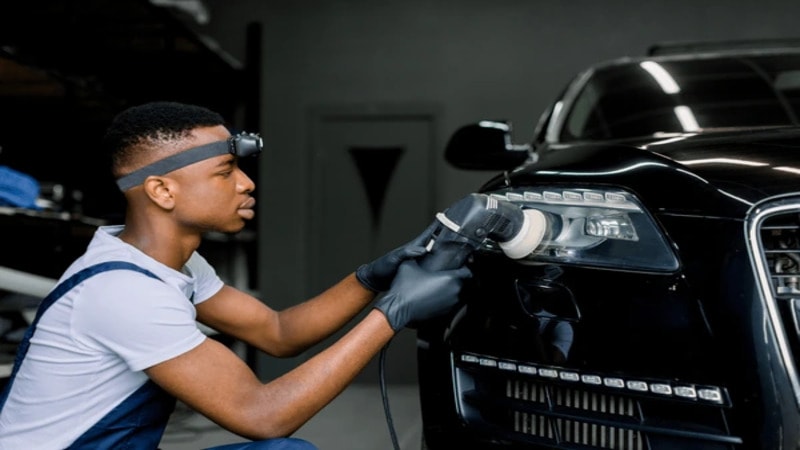
Lastly, never compromise on the quality of the parts and products you use throughout the installation. Cheaper LED kits may lure you a bit, but they often show poor performance, overheat easily, and die soon.
We suggest you learn about LED headlights and go for high-quality LED lights from top LED headlight manufacturers. This small step can make a big difference in how your headlights work over time.
Testing and Verification
A good test after installing LED headlights is to check these lights at night. Checking at night helps you better understand and evaluate the brightness, beam spread, and glare of the lights. You don’t need pitch black darkness for such a check. Just choose a dark area to see if something looks off.
A good testing point is to try to understand the LED headlight beam patterns. Check the neatness and aim of the beams. Uneven and extra-high beams need to be adjusted properly so they are legal for road use. Proper beams also ensure easy visibility, ensuring a seamless driving experience.
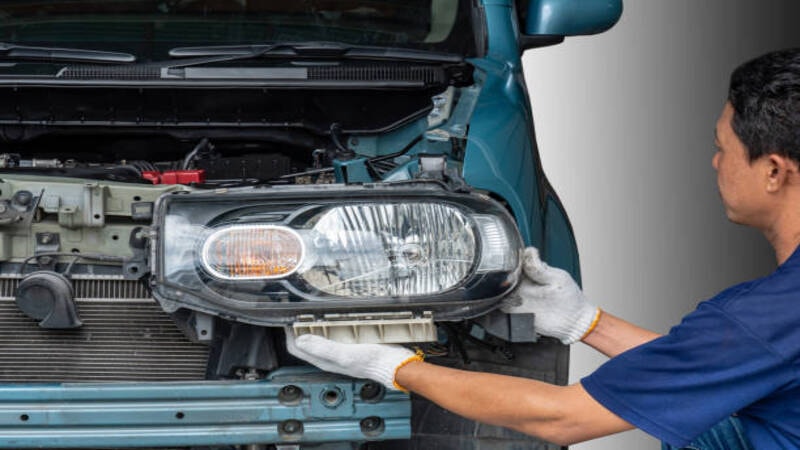
You can also check whether or not the LEDs installed are proper by checking for flickers or error messages on the screen. These two things often point to the underlying electrical issues that must be corrected.
Another important thing is to check the manufacturer’s guide. These guides often have extra tips and steps that can help you understand the LED lights better.
Lastly, we suggest taking photos and videos of the lights after they have been installed. You can compare these with the lights of those who have done a similar upgrade. This might sound like a silly thing to do, but it can show you how your LED light looks.

FAQs
Is there a wrong way to install LED headlights?
Certainly, there is! You can either mess up the wiring or do a poor fitment for the lights. Bad housing and beam aiming can also be counted under incorrect headlight installation methods.
What happens when you connect your LED the wrong way?
Incorrectly connected LED lights may not turn on ever and can even get damaged permanently in some cases. In other cases, these lights might overheat or flicker upon turning on.
Do LED headlights need to be aligned?
Definitely! Proper alignment of the LED headlight bulbs is very important. It helps you drive safely and also ensures little glare for the oncoming drivers.
Conclusion
Now that you know how to install LED headlights properly, surely nothing will go wrong. Before undertaking any LED headlights installation, make sure you’ve sourced the LEDs from an authentic and reliable seller only. Contact us to get your hands on the highest quality LEDs for all your projects.
Upgrade Your Headlights in Minutes – Buy Plug-and-Play LED Bulbs Now!
At Car Light Vision, our experts are beyond excited to help you stock up on the highest quality LED headlight options for your personal and business needs. Whether you want a pair of headlights for your family car or want to place a bulk order, we’re here to help.
Contact us today for bulk orders and wholesale purchase of LED headlights. Get your hands on the best headlights to ensure seamless installation with perfect results.
